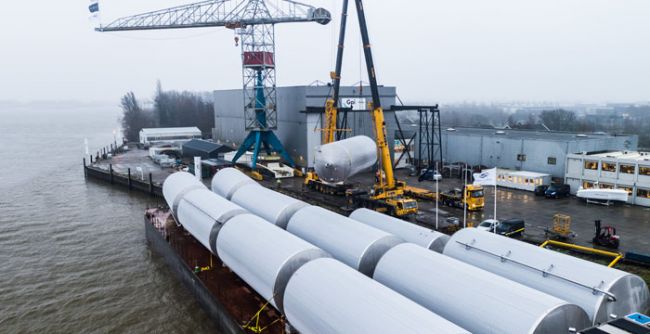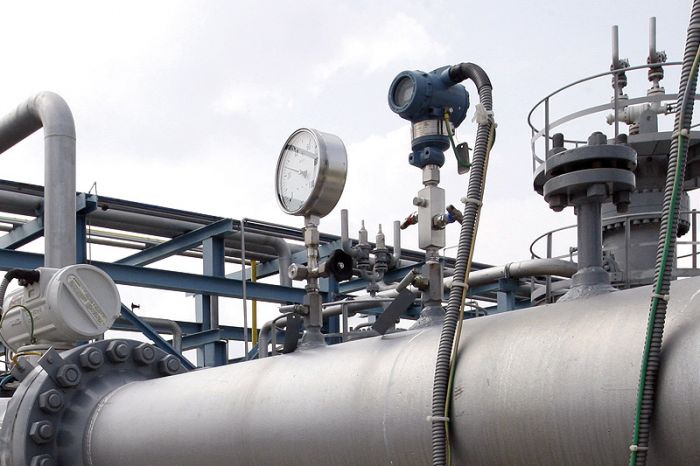Reviews
4 min read
Regulatory Compliance for Tanks and Pressure Vessels: A Comprehensive Guide


Navigating the complex landscape of regulatory compliance for tanks and pressure vessels is crucial for ensuring safety, reliability, and legal conformity. These industrial components, vital to various sectors, must adhere to strict standards set by national and international authorities. Compliance ensures that they can operate safely under different pressures and temperatures, preventing potential hazards.
This guide will break down the key regulations, outline the necessary standards, and offer best practices to help you stay compliant.
Regulatory compliance involves adhering to laws, regulations, guidelines, and specifications relevant to your industry. For stainless steel tanks and pressure vessels, this means meeting stringent safety and operational standards set by various regulatory bodies.
Several organizations set the standards for tanks and pressure vessels, ensuring they are designed, constructed, and maintained properly to prevent accidents. Understanding their roles and requirements is essential:
Compliance with the following standards and codes is critical:

The ASME Boiler and Pressure Vessel Code (BPVC) is the primary standard governing the design and fabrication of pressure vessels. Adhering to this code is mandatory in many jurisdictions and is considered the benchmark for safety.
Key Sections of the ASME Code:
Compliance with these sections ensures that the pressure vessels can withstand the internal pressures they are subjected to, thereby reducing the risk of failure.
The Occupational Safety and Health Administration (OSHA) has specific regulations that apply to tanks and pressure vessels in the workplace. These regulations are designed to protect workers from potential hazards associated with pressure vessels.
Key OSHA Requirements:
These requirements emphasize the importance of not only maintaining the structural integrity of the equipment but also ensuring that personnel are adequately trained to handle it safely.
The National Board of Boiler and Pressure Vessel Inspectors (NBBI) plays a critical role in certifying pressure vessels. Their certification process involves thorough inspections and tests to verify that the equipment meets all applicable standards.
NBBI Certification Process:
Obtaining NBBI certification is often a legal requirement and serves as a quality assurance measure for both manufacturers and end users.
Beyond following regulations, staying compliant also involves implementing best practices that enhance safety and efficiency. These include:
By incorporating these practices, companies can not only maintain compliance but also extend the lifespan of their equipment.
Regulatory compliance for tanks and pressure vessels is essential for ensuring safety, legal conformity, and operational efficiency. Understanding the relevant regulations and standards and implementing best practices can help companies protect their workers, the environment, and their bottom line.
Compliance may seem daunting, but with the right knowledge and approach, it becomes a manageable and essential aspect of your operation.
Be the first to post comment!